bagu
Shouldn't you be looking to the right?
stunning tanks! love the 1st one 


Thank you for answering Saintly, and I'm glad I asked because I think this will begin a worthy discussion.
Time for a couple more questions.
When you pruned your stems, did you keep the bottom portion of the stem in the scape, or the top? What did you do with the top (cutting)?
Forgive me, you probably already know this, but indulge me. In stemplants, the stongest part of the plant isn't the bottom, it's the top portion where the terminal bud is. Replanted stem tops are stonger than their topless counterparts. The topless counterparts then often form branches. This how we get stems to become bushy, like we like in scapes. However, the two stems resulting from that branching are usually weaker than the single original stem. Cut the branches again, and you then get more branches, but further weaker stems. At least this has been my experience with stems. Eventually, you get the weakening bottom that you describe and the stem becomes unsightly.
When you ditch the bottom, and keep the top stem, you get a stronger plant because you preserve the terminal bud at its original strength. The roots of the stems are not where the plant derives its primary source of nutrients, it obtains directly from the leaves in the water column, and the leaves closer to the terminal bud are stronger because they are younger! A stronger stem with a stonger terminal bud will perhaps absorb nutrients more effectively than the weaker branched stems. Perhaps the longevity of my stemplants stems (gosh, really no pun intended) from my dominant use of the stem tops rather than staying with the bottom half. That is an awkward sentence. The bottom portion of the stem is what I usually threw out, not the tops. In my journals, there are a few instances when members ask why I maintained leaves all the way down to the subtrate, even in established scapes; that is probably why. When I did want a bushy effect and used the branching stems, I often had to use more fertiliser to get the same vigor.
Of course this made for creative scaping as I often had to stagger stem tops of various lengths to get that bushy effect without using the more bushy stem bottoms.
Also, this type of stem usage may explain the 2-3 years I can get out of my stems, and why I can use them in more long-term scapes. About a year or so, rather than the 3-5 months. That and probably the lower light levels I use. Eventually, they do get spent, or you kind of get sick of the plant, which occurs more often. They are not the same as the root-feeders, or the rhizome plants, which endure much longer. I liken stems to the annuals of the gardening world, while the root-feeders and rhizomes are the perennials.
Your thoughts? Well, at least it's not the usual "oooo, pretty tank."
llj


he also says in an aquajournal interview, he'd never consider using stems in a scape that would last for years. even if you did, it would be an absolute hassle I'm guessing
he also says in an aquajournal interview, he'd never consider using stems in a scape that would last for years. even if you did, it would be an absolute hassle I'm guessing
No, honestly, it really wasn't much of a hassle, I just got tired of the same plants all the time, like you did with your rotala. They were in a part of the tank I could easily access and I used a more course substrate, so there was less disruption. Also, the upheaval in my cases are minimal because the growth is slower. I use much less light than Amano does. Would I do this in a high-tech, probably not, the growth is too fast.
As for learning quickly and wanting the mind to be challenged. While that may be great and what you want to do, there is a challenge in promoting duration as well, only a different kind. Much slower pace, but you gain insight as well. The ability to get things to live as long as possible is pretty cool too, just in a different way. I have anubias, crypts and a tiger lotus that are about 5 years old now. My swords are about 2 years. You get to watch plants reach maturity, go through cycles of die-back and regrowth, flower. Kind of interesting in a different way. Maybe it is an age thing.
llj

I fully understand what you mean. and the thought of producing a scape that i could nurture for 4 or 5 years sounds an amazing prospect. and soon it will happen when i've got the space. i've recently seen an anubias that's come out of a tank that was just 2 years old and goodness the anubias was huge!
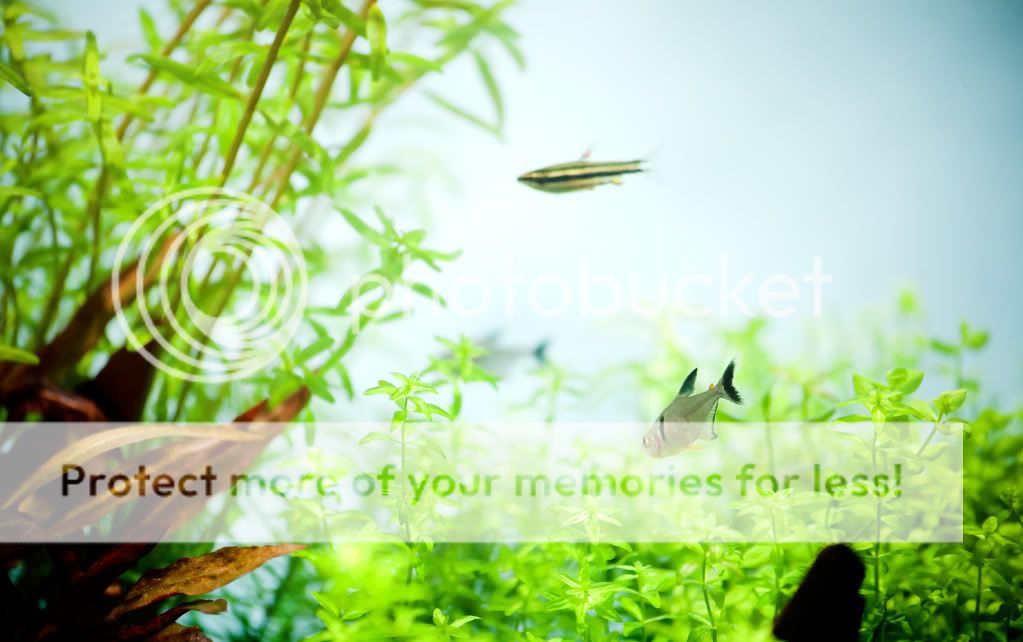
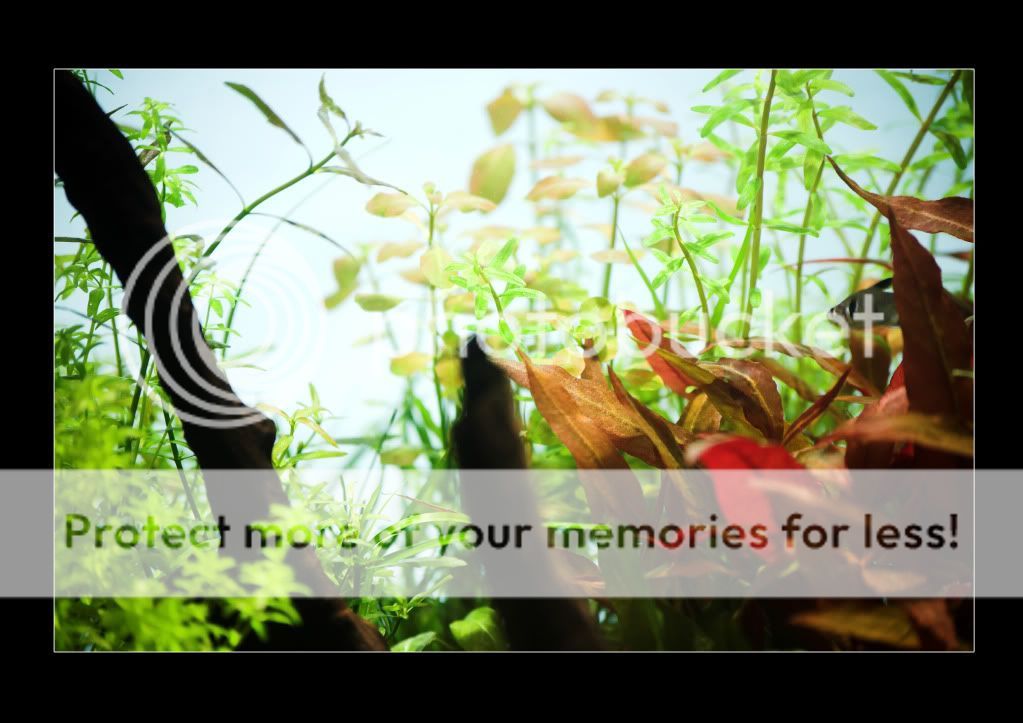
Wow, wish I could put something together like that. Looks fantastic!

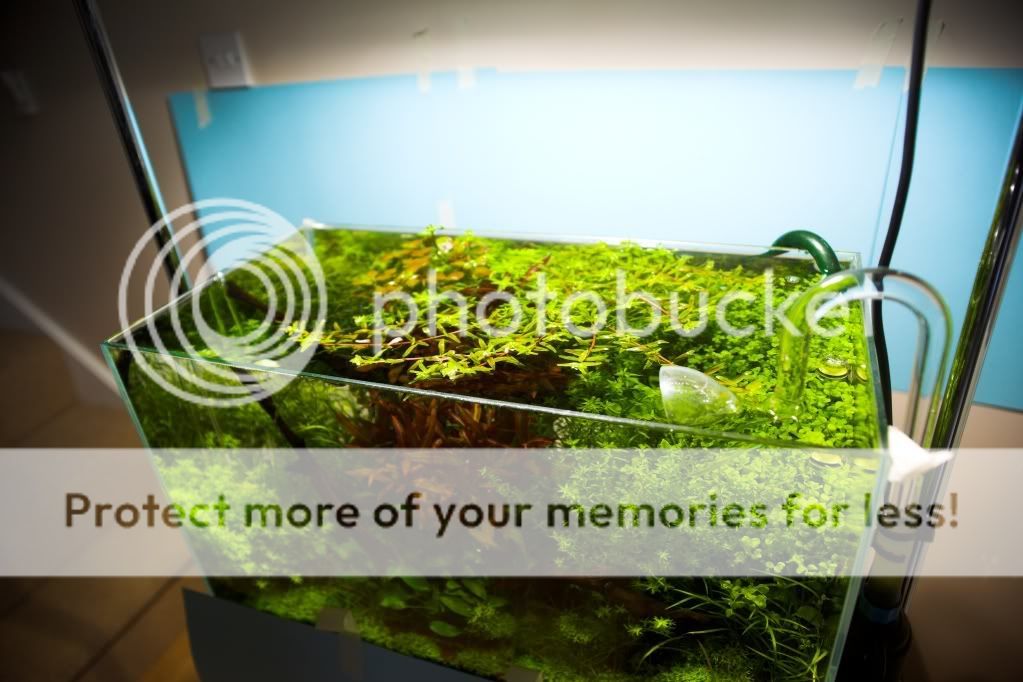
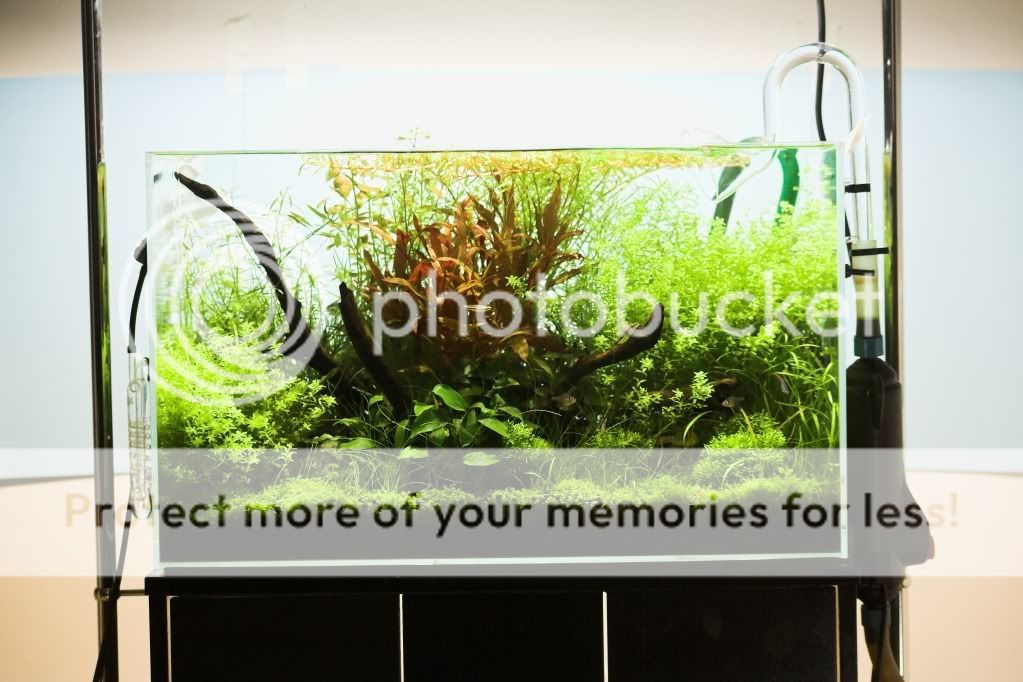
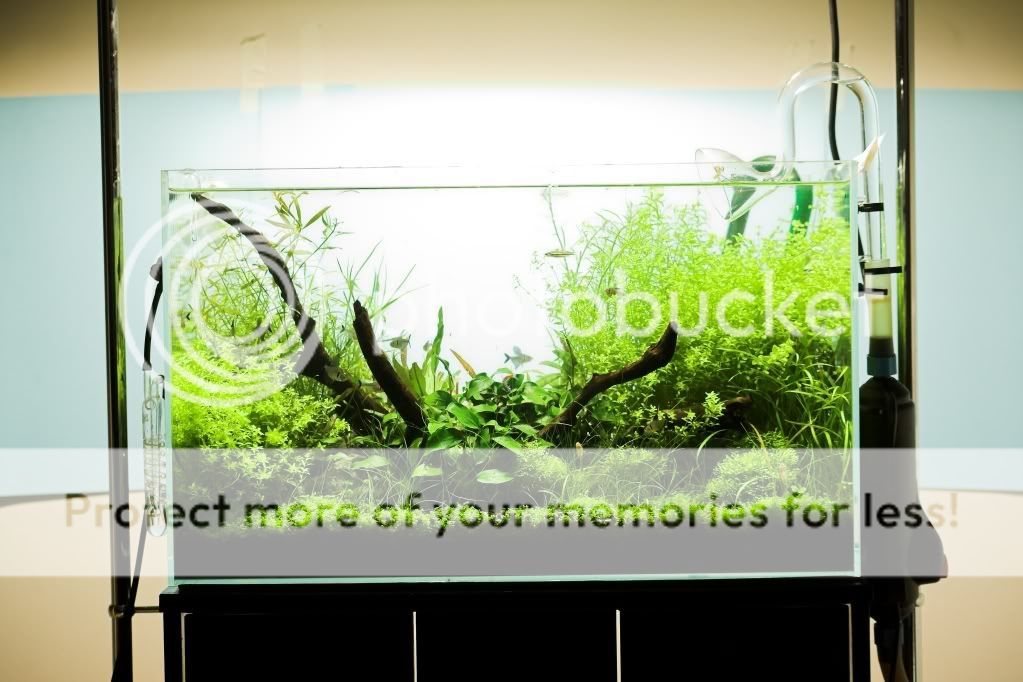



I think I preferred it with the A.reineckii too.
It still looks very, very nice, but is a bit more boring.
I think I preferred it with the A.reineckii too.
It still looks very, very nice, but is a bit more boring.
My point exactly. Not that it isn't beautiful, it is, but now it kind of looks like everyone else's ADA setup and it is very safe now. The A. reineckii made it look different. Yeah, maybe you would have been blasted for it in competition, but it definitely would have elicited a response. You took away the "risk" factor in your tank. Sorry, just my honest opinion.
llj
 easy folks, all is not lost. after all i've got my whole life ahead of me. it's not like this is the last tank I'm ever likely to scape.
easy folks, all is not lost. after all i've got my whole life ahead of me. it's not like this is the last tank I'm ever likely to scape.  so more to come from this tank and me!
so more to come from this tank and me!